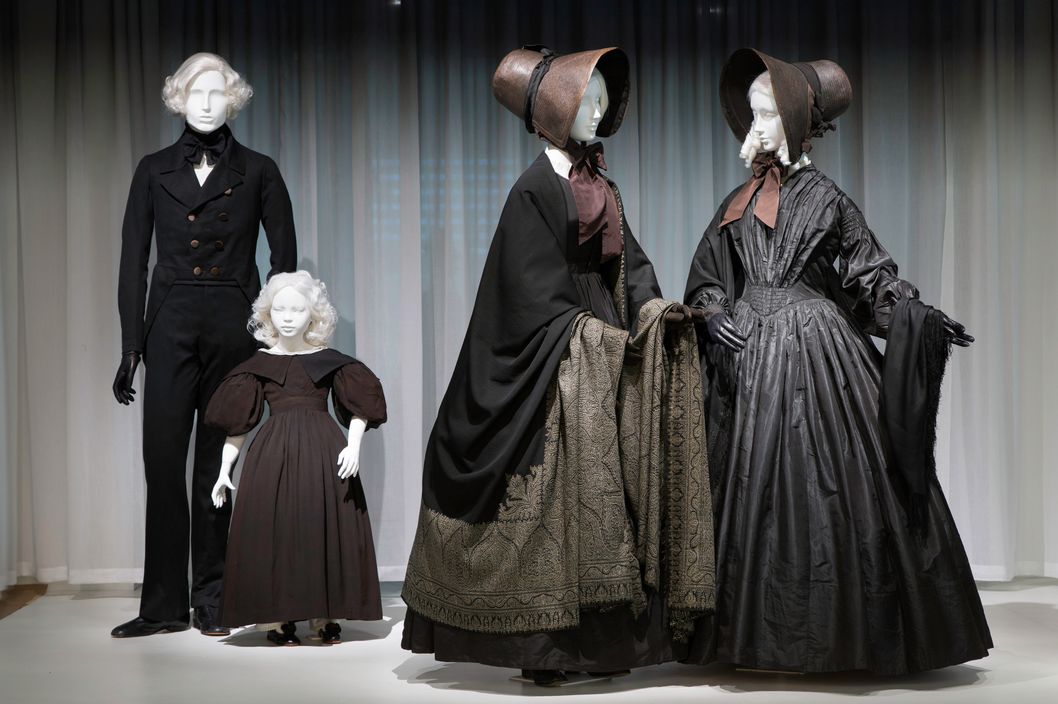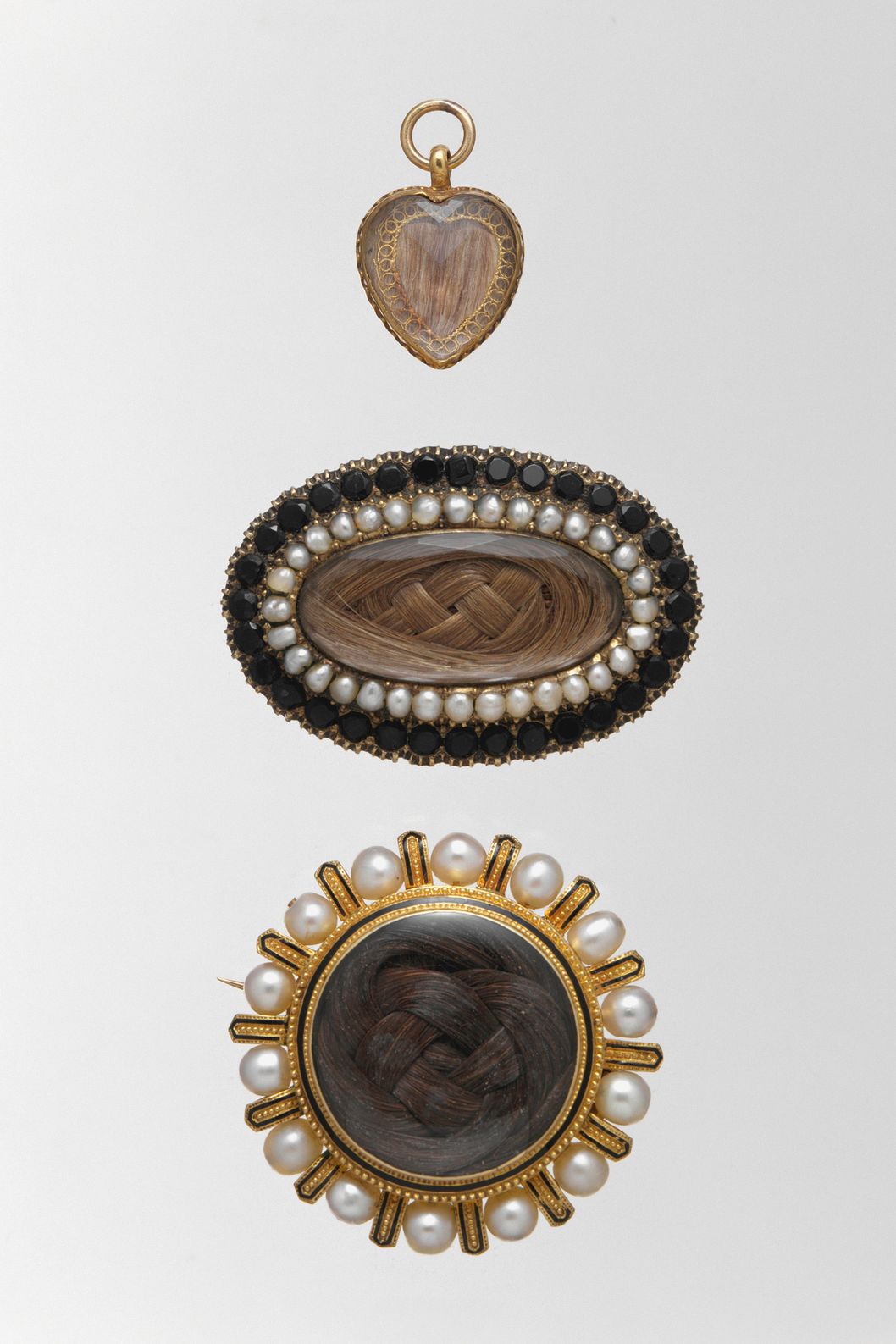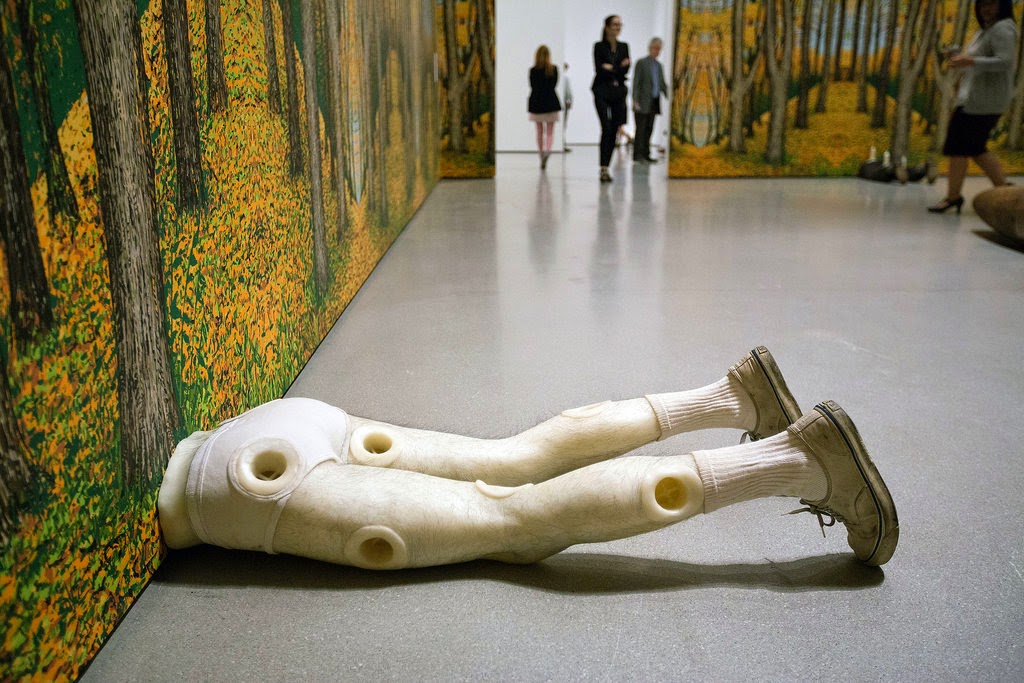TAKE HOME ESSAY EXAM...CHOOSE ONE QUESTION( PLEASE SITE THE NUMBER IN YOUR ANSWER) AND CREATE A MINIMUM TWO (2) PAGE DOUBLE SPACED RESPONSE.
AT LEAST THREE SPECIFIC ART, ARCHITECTURE ETC EXAMPLES ARE REQUIRED TO SUPPORT YOUR TEXT. THESE IMAGES SHOULD BE REPRODUCED ON A PAGE SEPARATE FROM YOUR TEXT/ANSWER. THIS ESSAY PART OF THE EXAM WILL BE DUE AT THE VERY BEGINNING OF CLASS ON MONDAY NOV/3/2014.
THIS PART OF THE EXAM WILL BE WORTH 4O POINTS.
Reminder: An "Image" identification exam will be given on Tuesday Nov/4/2014- this part of the exam will be worth 60 points.
Great,Good Luck!
(1)EXPLAIN THE CONNECTIONS BETWEEN EGYPTIAN CONCEPTIONS OF THE AFTER-LIFE AND EGYPTIAN ART.
(2)EXPLAIN THE CANON OF PROPORTIONS DEVELOPED BY EGYPTIAN ARTISTS. DOES THAT CANON STILL HAVE AN INFLUENCE ON CONTEMPORARY STYLE?
(3)DEFEND OR DISPUTE THE FOLLOWING STATEMENT—“THE NILE VALLEYINSPIRED THE PRIMARY MOTIFS IN ALL EGYPTIAN ART”.
(4)THE NEED TO MAKE ORDER OUT OF CHAOS HAS BEEN WITH US SINCE THE CAVES AT LASCAUX. EXPLAIN HOW THAT NEED MANIFESTED ITSELF IN THE ART OF THE ANCIENT EGYPTIANS.
Friday, October 31, 2014
Thursday, October 30, 2014
Color...such-as they speculate

“Cuirass
Torso” (reconstruction), Acropolis, 460 BCE (2005), artificial marble,
h: 57 cm, Stiftung Archäologie, Munich (all photos by Stephan Eckardt,
Ole Haupt; all images courtesy Archaeological Institute Göttingen and
Stiftung Archäologie, Munich)
An exhibition currently on view at the Ny Carlsberg Glyptotek in Copenhagen is making the case for polychromy. Transformations: Classical Sculpture in Colour argues that “Antiquity was anything but sceptical of colour” and that “the white marble of Antiquity was merely a tenacious myth.” The show features around 120 pieces: original sculptures alongside experimental, colored reconstructions.
Transformations grows out of the work of the Copenhagen Polychromy Network (CPN), an interdisciplinary research group that’s devoted to studying polychromy in ancient Greek and Roman sculpture. The network and its Tracking Colour project in turn were spurred by an initial exhibition examining polychromy at the Glyptotek in 2004. Ten years have passed since then, and considerable advances have been made.

“Young Roman,” 3rd century CE, marble, h: 0.26m, Ny Carlsberg Glyptotek, alongside its reconstruction
The examples are many. Multi spectral imaging (MSI) is becoming an important means of identifying pigments; isotopic analysis allows provenancing of lead based pigments; X-ray diffraction spectroscopy (XRF) and other spectroscopic analyses are providing us with evermore refined information. The combined result is that the complexity of ancient sculptural polychromy and its interfaces with the sculptural forms is gradually reemerging. But we are still at the beginning.Østergaard explained that the myth of monochromatic classical sculpture began during the Renaissance, when sculptures like the Belvedere Torso and Laocoön Group were discovered. “They were understood to be from classical antiquity, were therefore regarded as exemplary models — and they were perceived as being monochrome white, simply because their polychromy had largely disappeared over time. So, it was not a case of suppression, but of a misunderstanding by a small, highly cultivated and influential minority which was subsequently codified in art academies and transmitted on.”
He went on to add, however, that “suppression — and repression — may come into it when studying 20th century reception of the fact established in the course of the 19th century that ancient sculpture had demonstrably been polychrome: this fact collided frontally with long established European aesthetical, ethical, ideological norms, ultimately with Western identity.”
So, scholars have known for at least a century that classical sculpture was colorful, but that knowledge has not become common.

So-called
“Peplos Kore,” original alongside reconstruction, Athens (540
BCE/2011), artificial marble, h: 130 cm, Stiftung Archäologie, Munich
“The role of color in ancient sculpture is a decisive one,” Østergaard wrote. “It is decisive for the visual aesthetics of the sculpture, obviously; it is as clearly decisive for the legibility of a narrative in a variety of ways, from the painting in of sandal straps and horses reins to the blood oozing over the skin of a wounded Amazon, and on to the proper identification of subject of a sculpture — the Archaic Peplos Kore is not wearing a peplos and is therefore not a young girl (kore), but a goddess as evident from the dress parts shown only by way of painting.”
Indeed, even without understanding those details, the color does bring the artworks to life in a particular way. It seems to undermine that sense of timelessness we often attach to them, instead anchoring the pieces in a specific context. In doing so, it makes them more human and, ironically, brings them closer to us.

“Caligula” (37-41 CE), marble, h: 28 cm, Ny Carlsberg Glyptotek

“Caligula”
(reconstruction), 37-41 CE (2011), marble. h: 28 cm, Archäologischen
Institut der Universität Göttingen and Stiftung Archäologie, Munich

“Lion from Loutraki,” Greece (c. 570-560 BCE), limestone, h: 53 cm, l: 100 cm, Ny Carlsberg Glyptotek

“Lion
from Loutraki” (reconstruction), Greece, c. 570–560 BCE (2003),
plaster, h: 53 cm, l: 100 cm, Ulrike Brinkmann and Glyptothek München
Ny Carlsberg Glyptotek

“The Byzantine Empress Ariadne” (c. 500 CE), marble, h: 70 cm, Museo della Basilica di San Giovanni in Laterno

“The
Byzantine Empress Ariadne” (reconstruction, 2008), painted plaster, h:
32 cm, Museo della Basilica di San Giovanni in Laterno
Saturday, October 25, 2014
Week of Oct/27th- Halloween ( UPDATED)
Finishing up our discussions of the Greek Chapter-starting Monday ( please catch-up on your reading). This Friday (Halloween) you will be given your take home essay section (1) on Egypt- Essay/papers will be due at beginning of class Monday Nov/ 3rd.
A slide / image identification section (2) on Egypt ( Composed almost entirely of images from this blogs Egypt section) will be given on Tuesday Nov/ 4th.
A slide / image identification section (2) on Egypt ( Composed almost entirely of images from this blogs Egypt section) will be given on Tuesday Nov/ 4th.
Tuesday, October 21, 2014
"DEATH BECOMES HER"
The Met’s New Exhibit, ‘Death Becomes Her,’ Will Thrill Your Inner Goth
By Véronique Hyland Follow @veroniquean
While the concept is subdued, the 30-odd looks are surprisingly ornate up close — some gowns fall off the shoulder, as was the style of the era, and come in rich textured moiré and taffeta. These fabrics were, however, restricted to the later stages of grief, as they were considered too showy for the recently bereaved. As the 19th century wore on, mourning essentially became a cottage industry — at the height of the period, fashion magazines like Harper's Bazaar advised on the preferred styles, and, noted curator-in-charge Harold Koda, mourning warehouses were a popular purveyor of clothing. Queen Victoria and Queen Alexandra, whose dresses are highlighted in the show, also helped shape the public's concept of bereavement chic, with Victoria donning mourning clothing for the rest of her life after Prince Albert's death.

Accessories, including elaborate black hats and parasols, have their own corner of the exhibit, along with Victorian mourning jewelry, which often incorporates the hair of the deceased. Looking at the styles on display, the crossover with contemporary goth and gothic Lolita style was obvious. When asked about the continuing appeal of this style of dress, Koda became pensive. "I have a personal theory. I think we're a generation where death is at such a remove, not for all of us, but the young people who embrace it, there's a kind of ability to fantasize about what death means." For fantasists of all stripes, the show will not disappoint.
Saturday, October 18, 2014
WEEK OF OCTOBER 20TH- OCTOBER 24TH 2014
STARTING MONDAY ( OCT/ 20/2014)-FIRST A REVIEW OF OUR TRIP TO THE METROPOLITAN ( BRING NOTES ETC) I EXPECT THIS TO BE A DISCUSSION-NEXT TRIP DEPENDS ON IT!
ALSO-WE WILL BEGIN MONDAY OR THE LATEST TUESDAY THE ANCIENT AEGEAN CULTURES-SO KEEP UP WITH YOUR READING -NEXT TEST WILL BE FOCUSED ON EGYPT AND WILL MOST LIKELY BE NEXT MONDAY AND OR TUESDAY ( OCT/27-8/2014)
HAVE A GREAT WEEKEND!
ALSO-WE WILL BEGIN MONDAY OR THE LATEST TUESDAY THE ANCIENT AEGEAN CULTURES-SO KEEP UP WITH YOUR READING -NEXT TEST WILL BE FOCUSED ON EGYPT AND WILL MOST LIKELY BE NEXT MONDAY AND OR TUESDAY ( OCT/27-8/2014)
HAVE A GREAT WEEKEND!
Sunday, October 12, 2014
Saturday, October 11, 2014
Week of October 13/2014- 17/2014
Monday final review for Chapters One and Two"assessment" on Tuesday October 14th...bring your questions/worries.
If anyone still owes me $ and Permission Slip for Fridays (October 17th) trip BRING IT MONDAY or MISS OUT!
If anyone still owes me $ and Permission Slip for Fridays (October 17th) trip BRING IT MONDAY or MISS OUT!
Thursday, October 9, 2014
Saturday, October 4, 2014
Friday, October 3, 2014
Attention!
Be prepared to discuss the following chapters starting this Monday-October 6th- (1) pre art history-(2) Fertile Crescent and----- of course (3) Egypt - Yes Assessment is "Well Nigh"
Reminder:METROPOLITANMUSEUMTRIP Bring in your $/check and signed permission slip Monday!!!!!!!!!
Reminder:METROPOLITANMUSEUMTRIP Bring in your $/check and signed permission slip Monday!!!!!!!!!
Subscribe to:
Posts (Atom)







